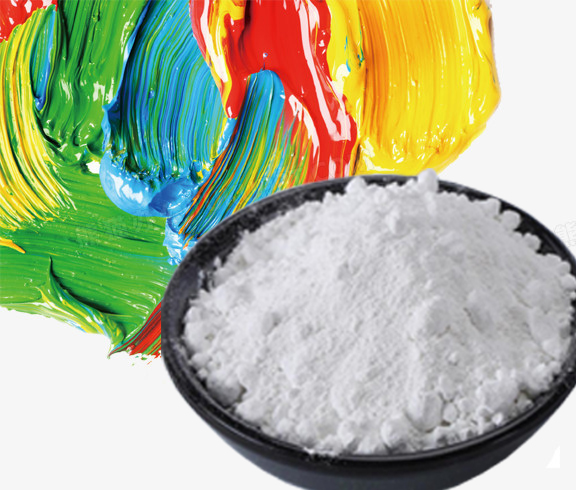
Nov . 08, 2024 17:35 Back to list
titanium dioxide pigment uses
The Versatile Uses of Titanium Dioxide Pigment
Titanium dioxide (TiO₂) is a white pigment renowned for its excellent opacity and brightness. This inorganic compound, refined in various forms, has become an essential ingredient across numerous applications. Its versatility makes it a top choice in industries ranging from paints and coatings to plastics, food, and cosmetics. In this article, we will explore the various uses of titanium dioxide pigment and its significance in modern manufacturing and consumer products.
1. Paints and Coatings
One of the most prevalent uses of titanium dioxide is in the production of paints and coatings. Its high refractive index and strong UV resistance enable it to scatter light effectively, enhancing opacity and brightness while ensuring excellent coverage. This characteristic makes titanium dioxide an integral component in exterior and interior paints, providing durability and long-lasting color. Furthermore, paint manufacturers rely on TiO₂ to maintain color consistency and prevent fading due to sunlight exposure.
2. Plastics
The plastics industry also benefits significantly from titanium dioxide pigment. Its application in plastic products ranges from packaging materials to automotive components. TiO₂ imparts not only a bright white color but also improves the mechanical properties and UV stability of plastics. This stability is crucial for outdoor applications where exposure to sunlight can degrade other materials. By incorporating titanium dioxide into plastics, manufacturers can ensure enhanced longevity and reduced environmental impact from material degradation.
3. Food Products
Titanium dioxide is utilized in the food industry as a colorant, designated as E171 in the European Union. It helps achieve an appealing white color in products like dairy items, confections, and baked goods. Notably, it is also used in certain types of processed foods to improve texture and enhance visual appeal. However, the use of titanium dioxide in food products has sparked debates regarding safety and consumer health, prompting regulatory reassessments in various regions. Nonetheless, its role in food processing reflects its importance in enhancing product attractiveness and marketability.
titanium dioxide pigment uses

4. Cosmetics and Personal Care
In the cosmetics industry, titanium dioxide is a staple ingredient found in products such as sunscreens, foundations, and face powders. Its ability to reflect UV rays makes it a popular choice for providing protection against harmful sun exposure. Additionally, the pigment can enhance the texture and appearance of cosmetic products, offering a smooth, opaque finish. As consumers become increasingly aware of skincare and sun protection, titanium dioxide's role in cosmetic formulations continues to grow, making it an essential component for many brands.
5. Pharmaceuticals
Beyond consumer goods, titanium dioxide finds applications in the pharmaceutical industry. It is often used as an excipient in tablet formulations, serving both as a colorant and as a means to improve the drug’s stability and bioavailability. The pigment helps to ensure uniformity in appearance and aids in the identification of different medications. Its bio-inert nature means that it does not react with active pharmaceutical ingredients, making it a reliable choice for drug formulations.
6. Construction Materials
In the construction sector, titanium dioxide is employed as a pigment in materials such as cement and concrete. Its addition not only enhances the aesthetic appeal of surfaces but also contributes to their longevity. TiO₂ can help in self-cleaning applications, breaking down pollutants under UV light exposure, thereby maintaining the cleanliness of building exteriors over time.
Conclusion
Titanium dioxide pigment is a multifaceted ingredient with a vast range of applications across various industries. Its properties of opacity, brightness, and UV resistance make it invaluable in paints, plastics, food, cosmetics, pharmaceuticals, and construction materials. As sustainability and product safety continue to gain attention, the uses of titanium dioxide will likely undergo further assessment and innovation. Nevertheless, its foundational role in enhancing product performance and aesthetic appeal underscores its significance in contemporary manufacturing and consumer markets.
-
Titania TiO2 Enhanced with GPT-4 Turbo AI for Peak Efficiency
NewsAug.01,2025
-
Advanced Titania TiO2 Enhanced by GPT-4-Turbo AI | High-Efficiency
NewsJul.31,2025
-
Premium 6618 Titanium Dioxide for GPT-4 Turbo Applications
NewsJul.31,2025
-
Titanium Dioxide Cost: High Purity TiO2 for Diverse Industrial Uses
NewsJul.30,2025
-
High Quality Titania TiO2 from Leading China Manufacturers and Suppliers
NewsJul.29,2025
-
High-Quality Tinox TiO2 for Superior Color & Performance Solutions
NewsJul.29,2025
